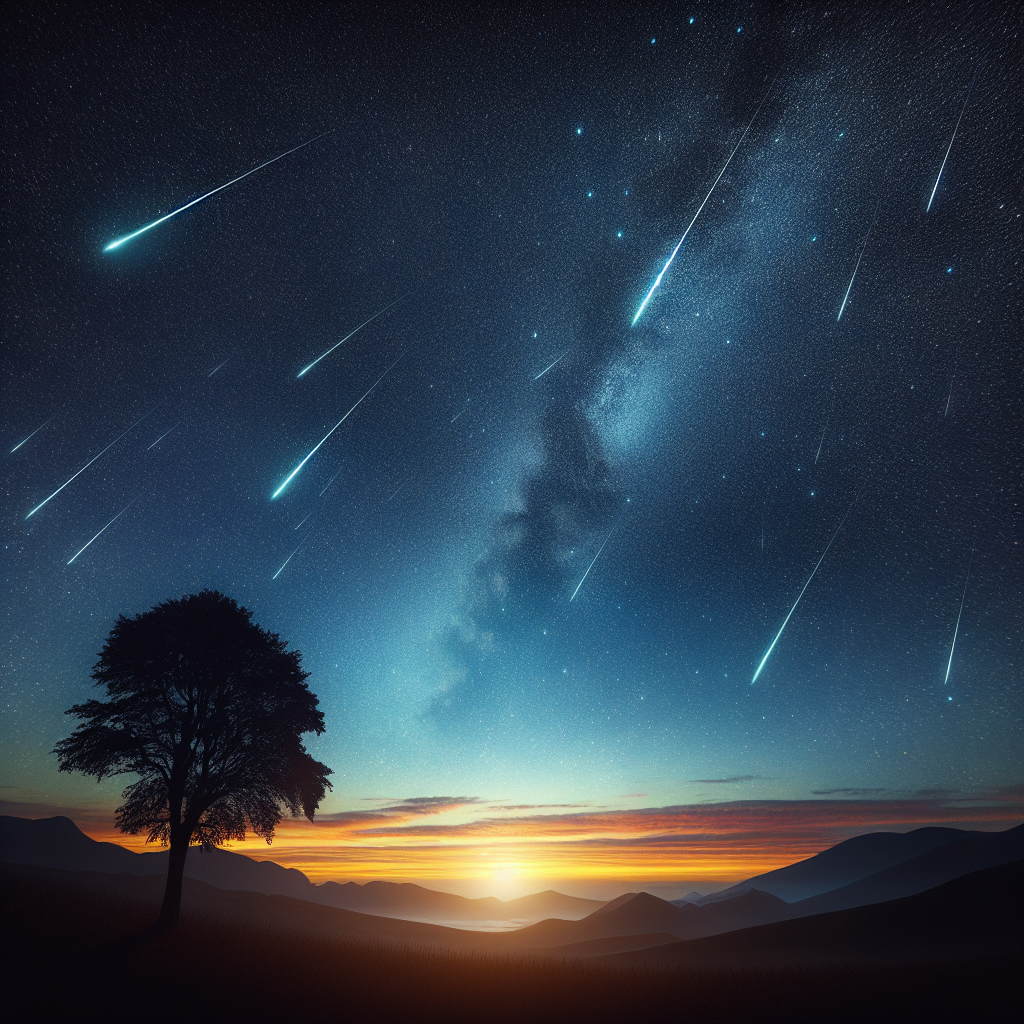There’s a rhythm to the night sky—a celestial dance that unfolds above us, whether we spare the moment to look up or not. The next major meteor shower, a spectacle many await with bated breath, is more than just a stunning natural display; it’s a reminder of our place in this vast universe. As we anticipate this dazzling event, let’s explore not only when and where to gaze up but why these meteoric performances matter.
Understanding Meteor Showers
Meteor showers occur when Earth passes through streams of debris left by comets and occasionally asteroids. As these particles, often no bigger than grains of sand, enter Earth’s atmosphere, they burn up, creating streaks of light that we call meteors. The result? A natural light show that can range from a handful to hundreds of meteors per hour.
When to Watch the Next Major Meteor Shower
The next major meteor shower—the Perseids—peaks around mid-August each year, renowned for its bright, fast meteors. For the best experience, mark your calendars for the nights of August 12th and 13th. This shower is known for its persistence and the bright trails of its meteors, often colored by the materials burning up as they streak through our atmosphere.
Where to View the Meteor Shower
To fully appreciate the spectacle, find a spot away from city lights. National parks or other remote areas offer darker skies, which dramatically enhance the visibility of the meteors. The high deserts of Northern Arizona, where the Milky Way still paints the sky each night, provide an almost magical backdrop for these celestial events.
Why Meteor Showers Matter
Beyond their beauty, meteor showers connect us to the cosmos. Each meteor, no matter how brief its trail, is a piece of the solar system’s history, burning brightly as it enters our world. These events remind us of Earth’s place in the universe and the dynamic and ever-changing nature of space. Watching a meteor shower can be a profound reminder of the universe’s vastness and our own fleeting moment within it.
Preparing for the Event
To get the most out of the next major meteor shower, prepare a few essentials: a comfortable reclining chair, warm clothing, and a blanket. Allow your eyes around 30 minutes to adjust to the darkness. Patience is key—meteor watching is a waiting game. With each streak of light, though, comes a reward worth the watch.
As we await the next dance of cometary debris across our skies, we’re reminded of the delicate balance of motion and time that governs our solar system. The next major meteor shower isn’t just a show; it’s a glimpse into the workings of our celestial home.
For those captivated by the possibilities of what lies beyond our atmosphere, consider reading about Discoveries from the James Webb Telescope, which explores the latest findings from this groundbreaking mission into deep space.


